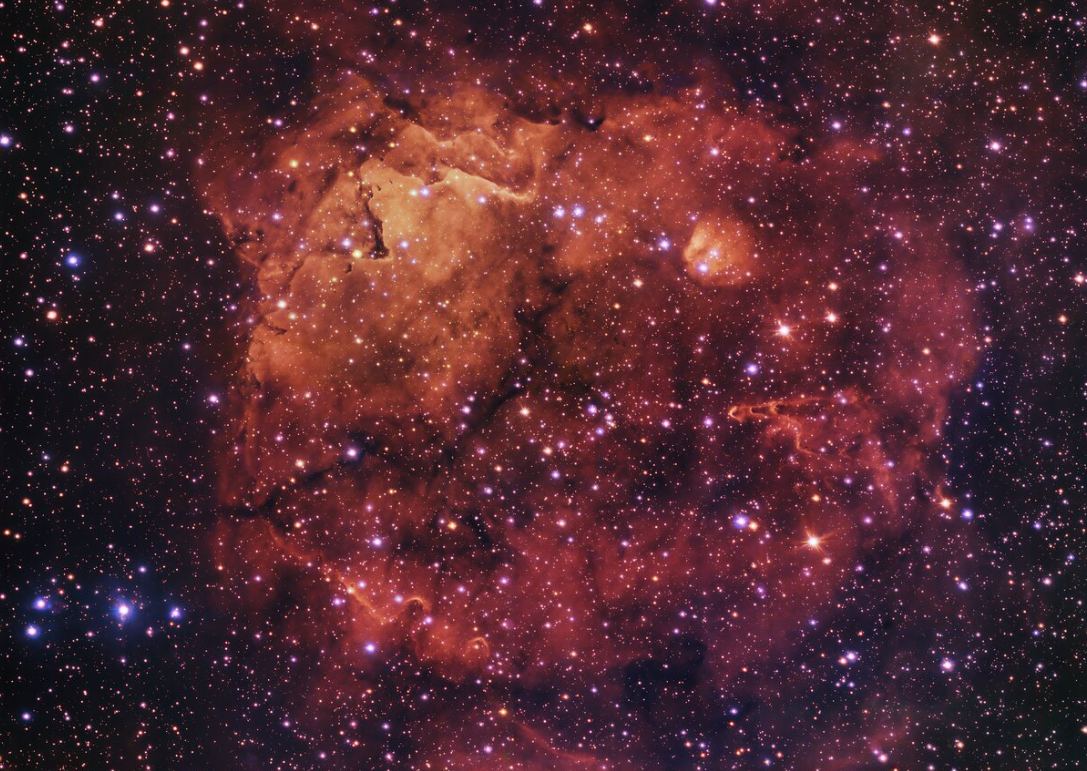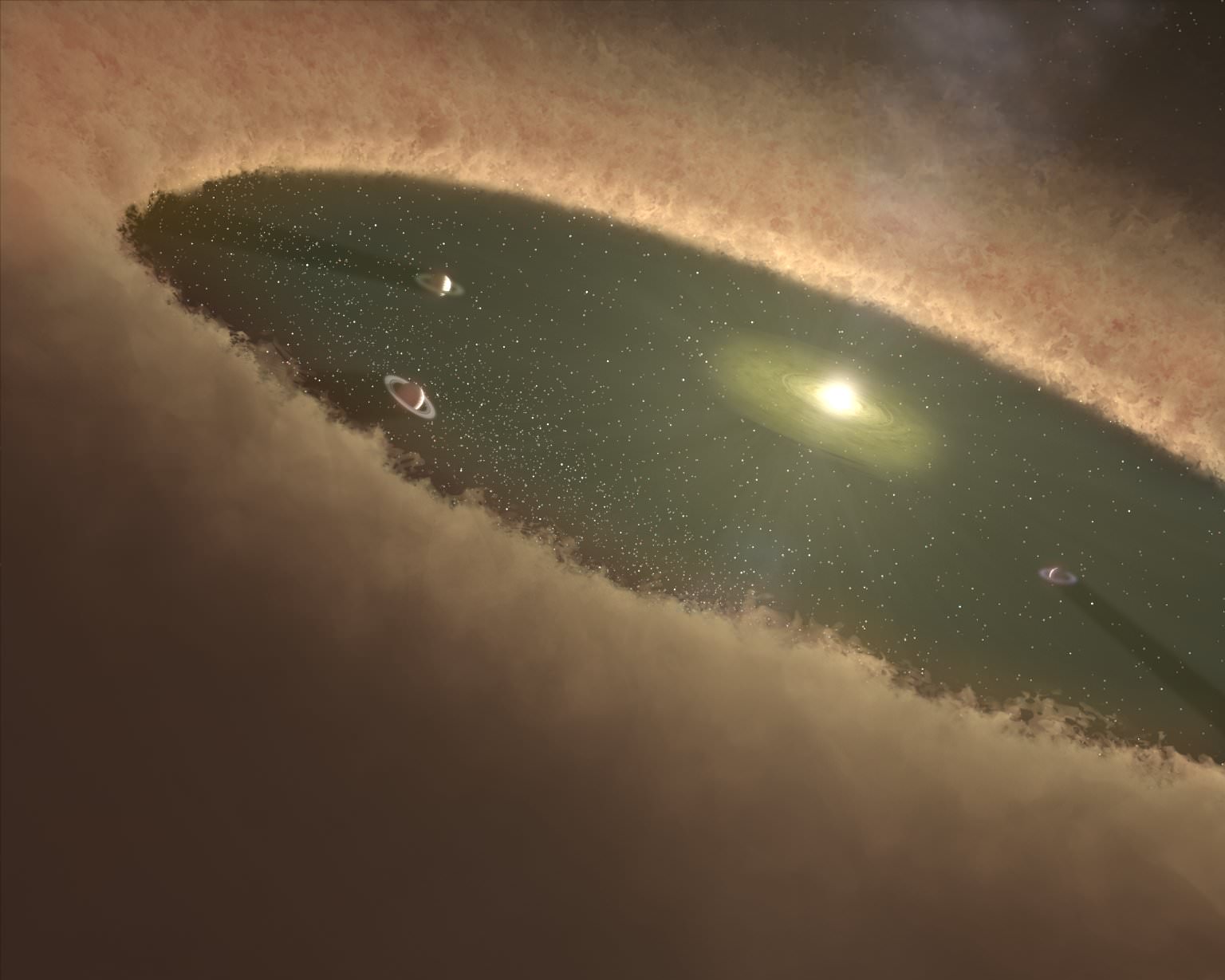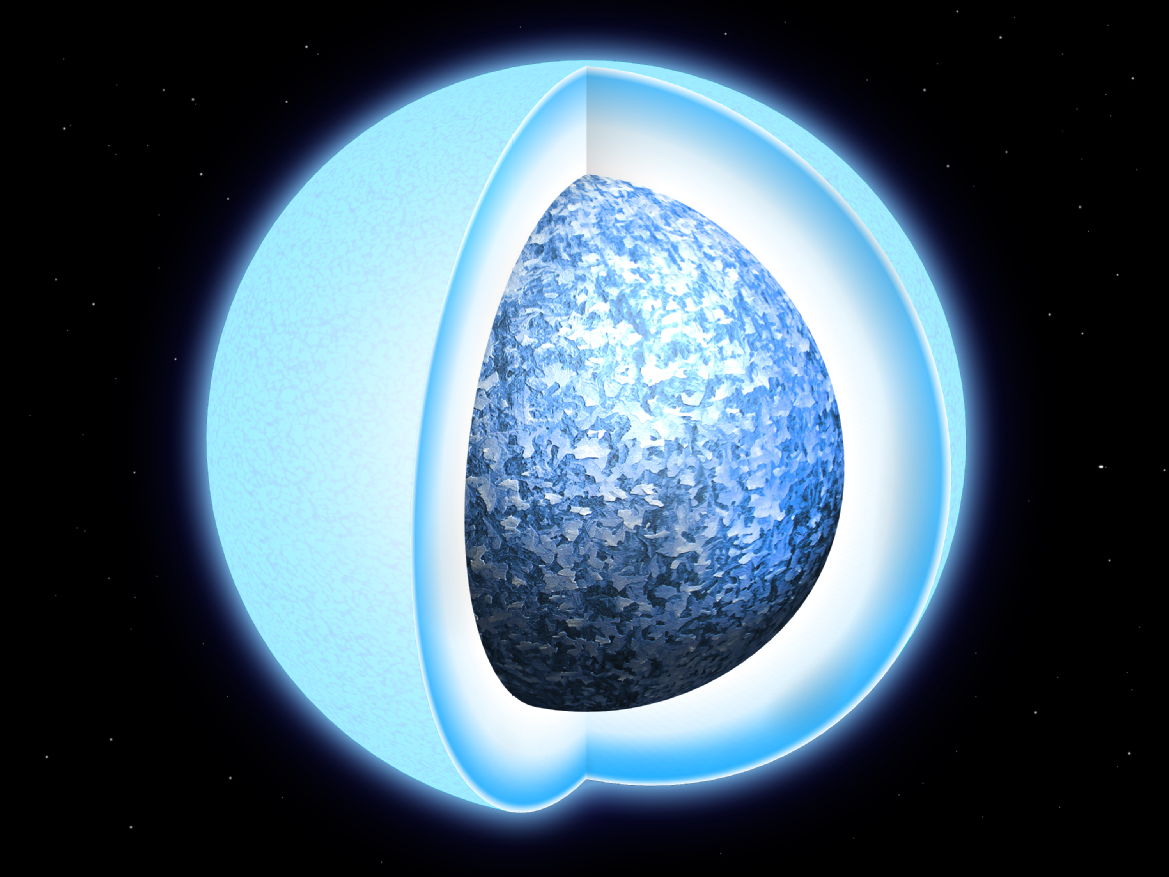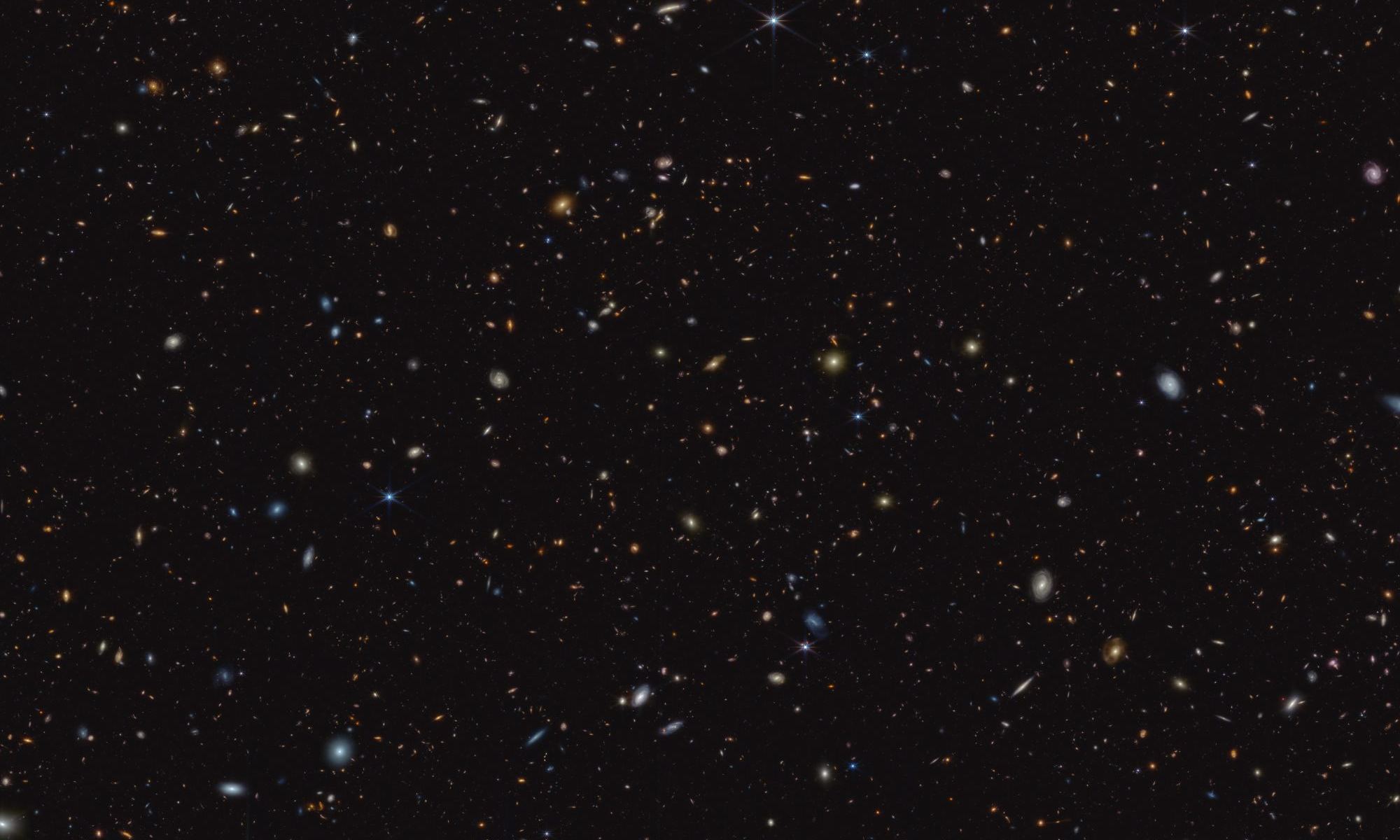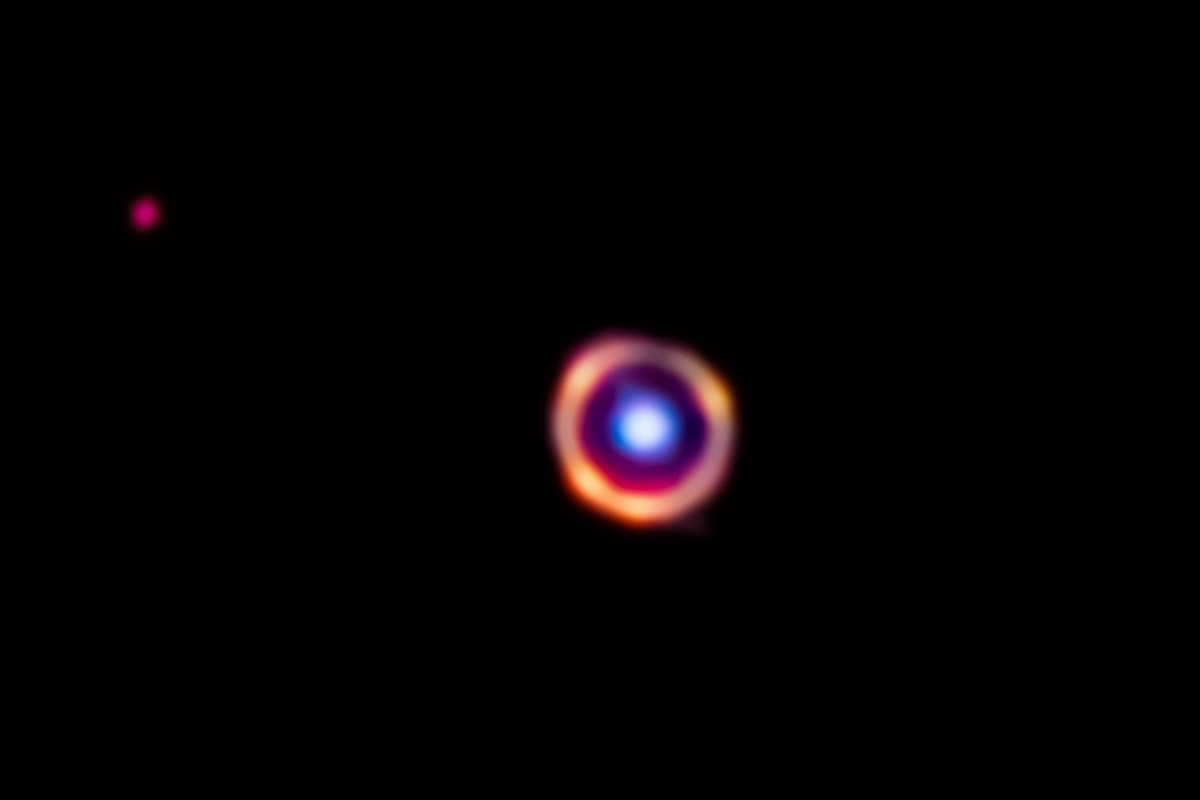A stellar nursery sounds like a placid place where baby stars go about their business undisturbed. But, of course, a stellar nursery is nothing like that. (Babies are noisy and cry a lot.) They’re dynamic places where powerful elemental forces rage mightily and bend the surroundings to their will. And this one, even though its name is the drowsy-sounding Smiling Cat Nebula, is no exception.
Continue reading “A Feline in the Heavens: The Smiling Cat Nebula”A Feline in the Heavens: The Smiling Cat Nebula
